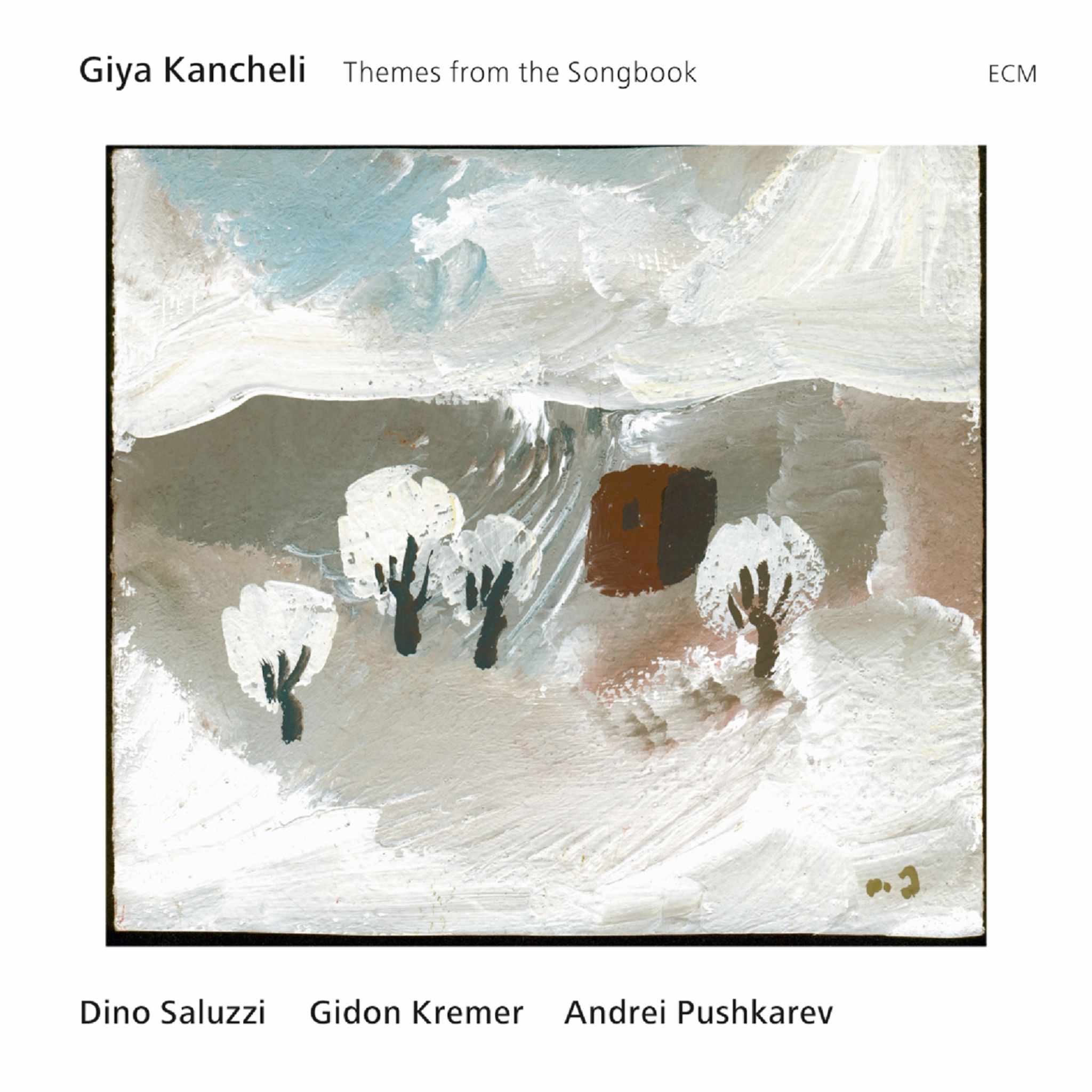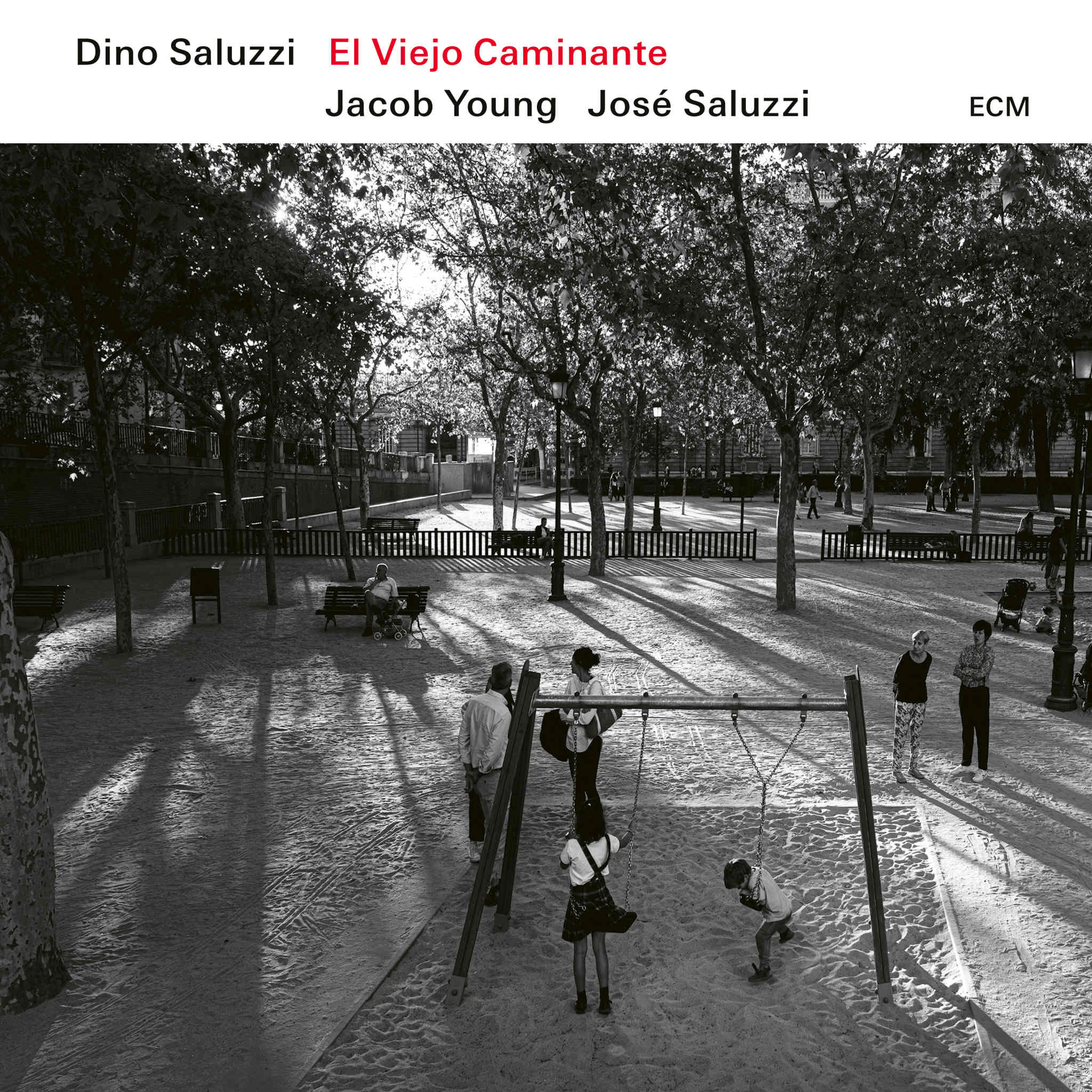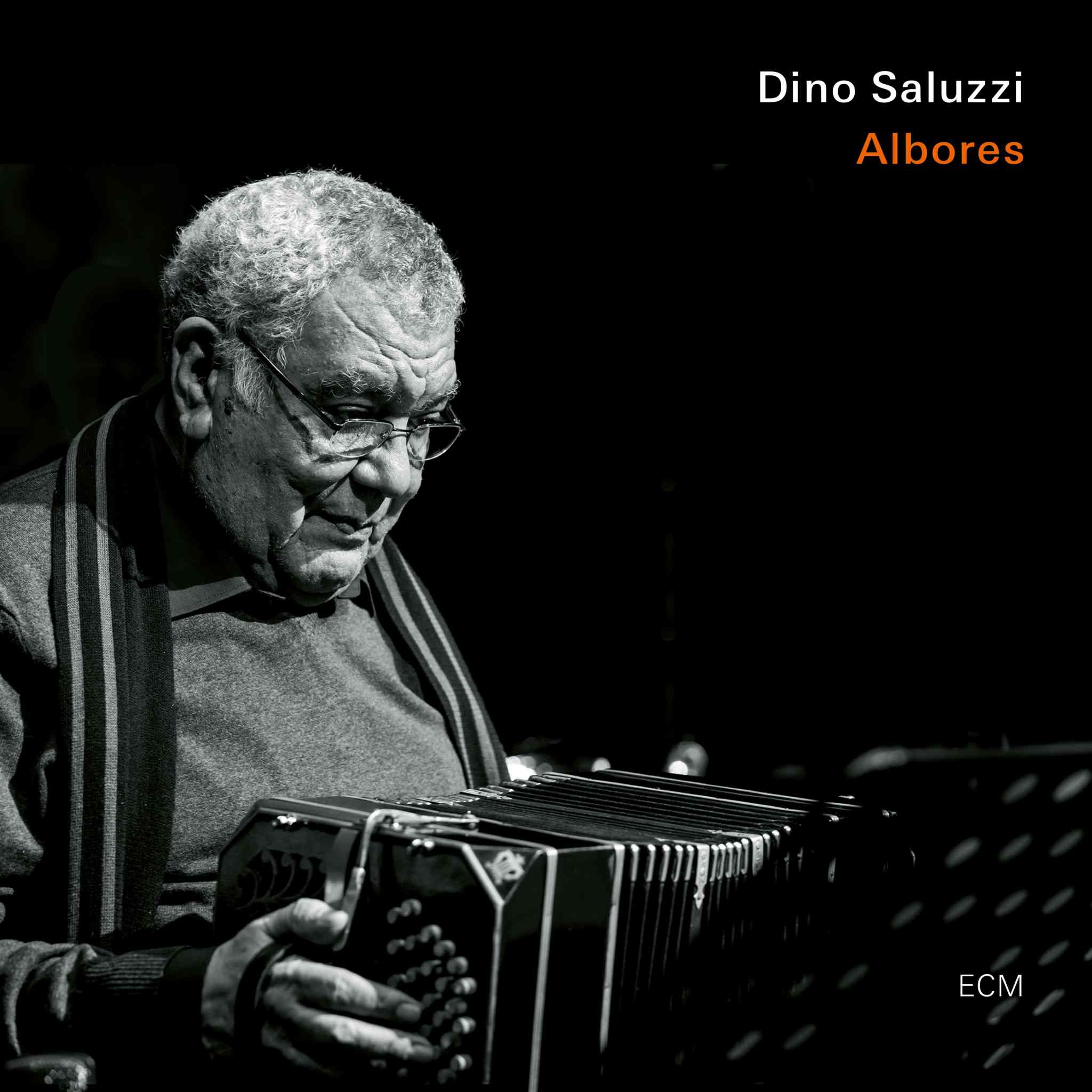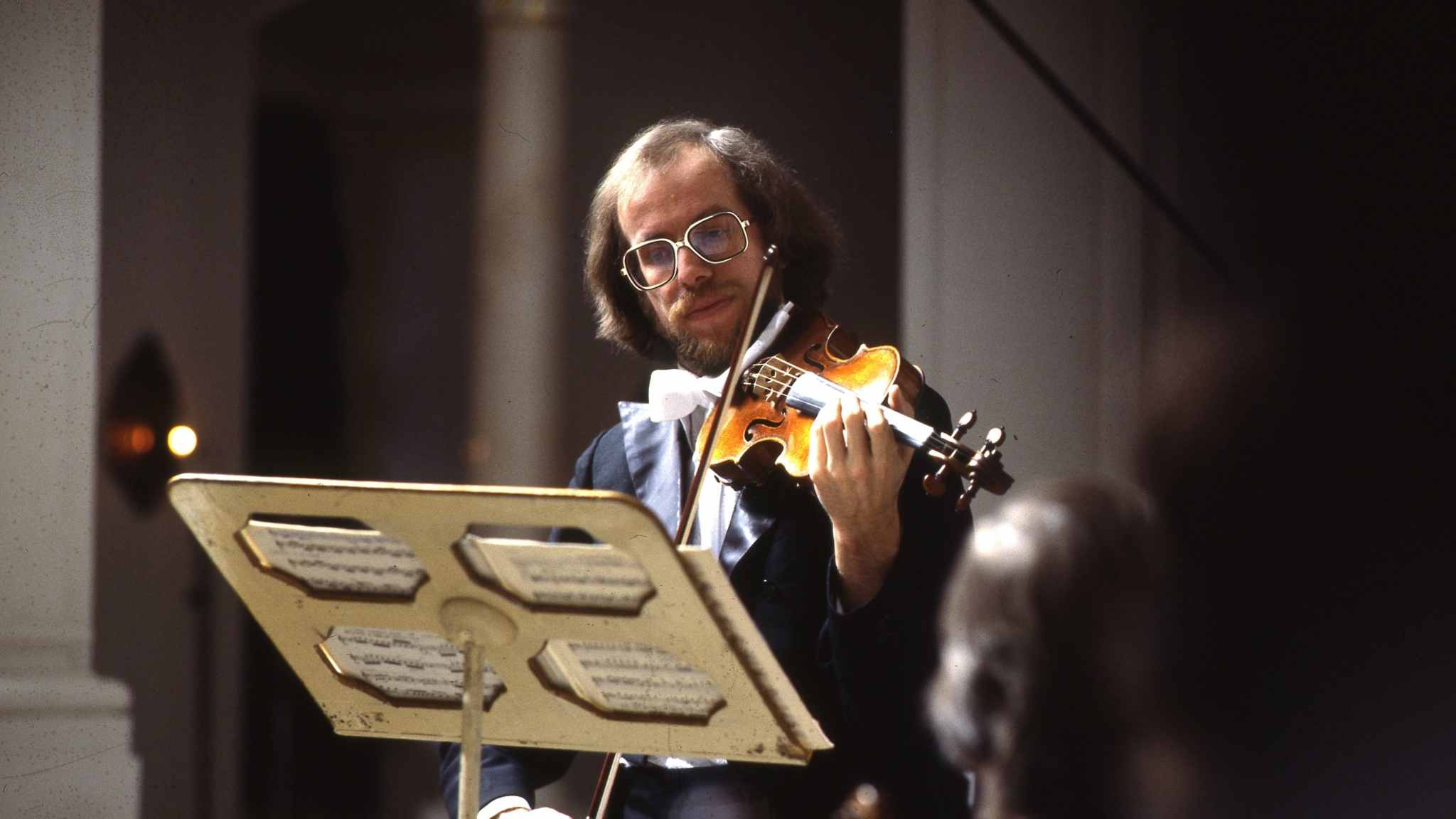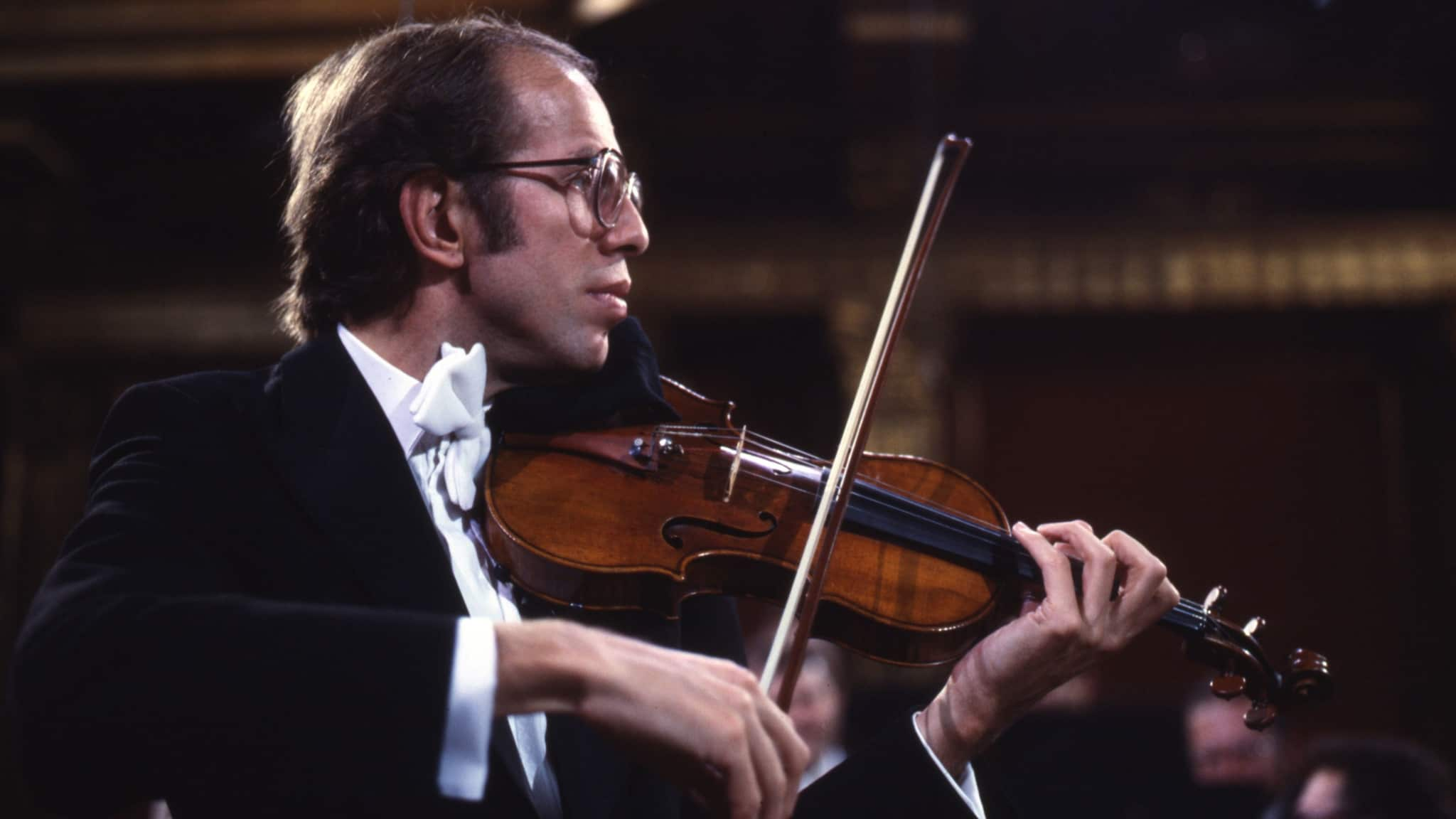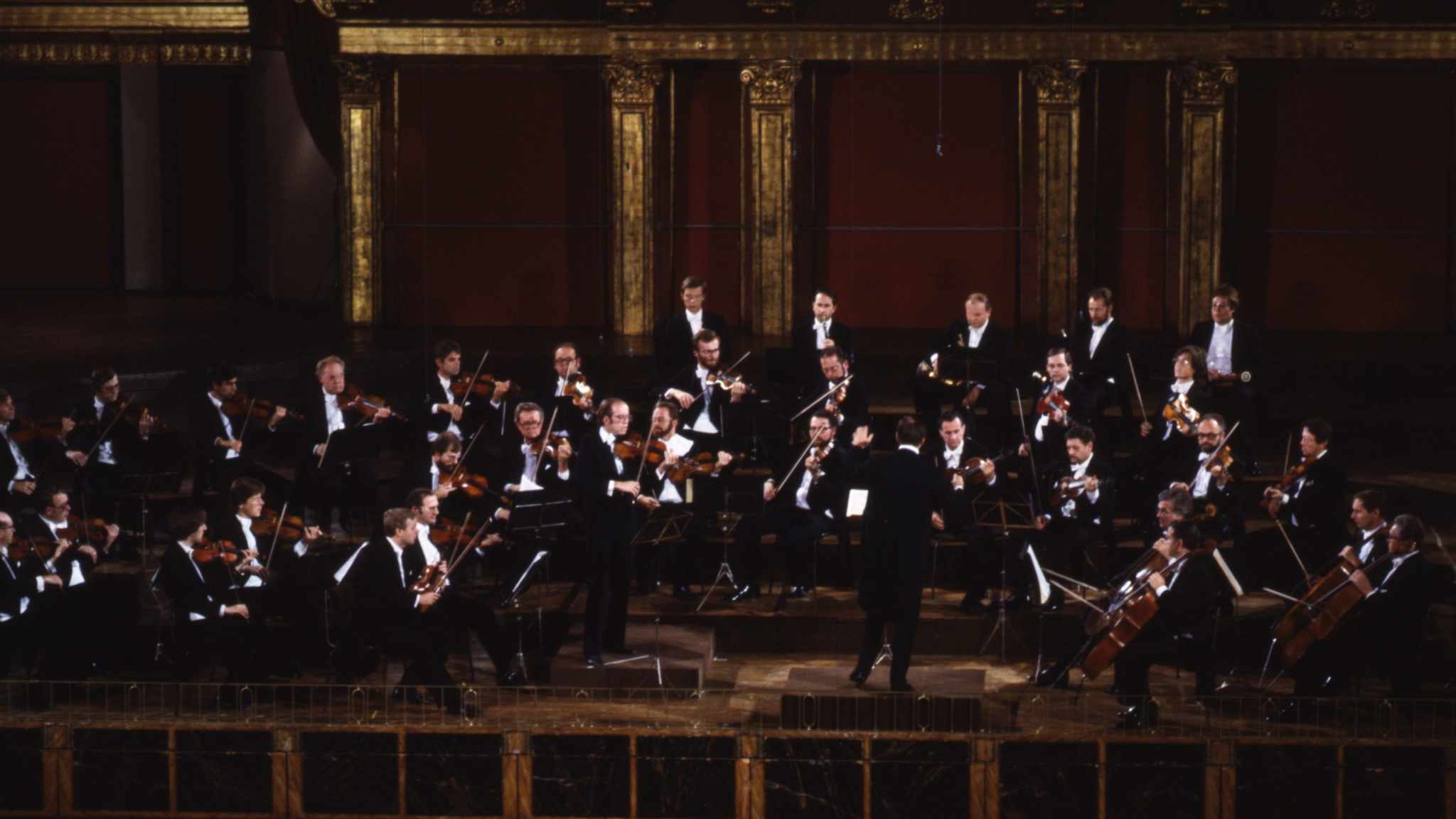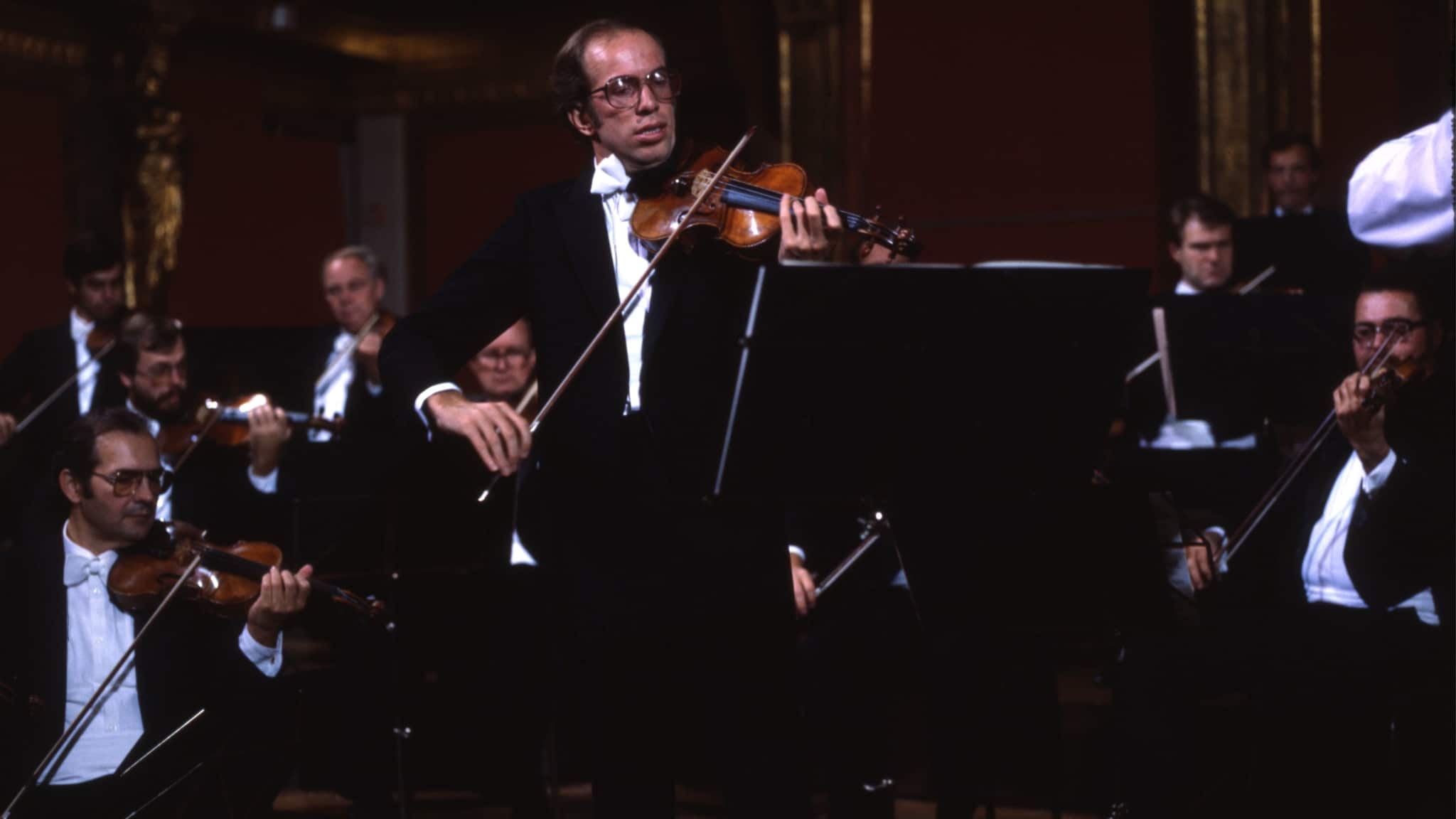Album insights
Tomaso Albinoni emerged as a composer in 1694 at the opera house, where his melodic style gained popularity. Over the next 47 years, he composed more than fifty operas, around thirty cantatas, about sixty sonatas, and at least sixty concertos. Despite criticism of his music for lacking harmonic finesse, Albinoni was undeniably a remarkable melodist and a highly individual composer, as reflected in his twelve concertos, op. 9, first published in 1722 in Amsterdam. These concerts were divided into three types of ensembles: four for two oboes and strings, four with a solo oboe, and four featuring a solo violin. All twelve followed a three-movement pattern, with extended proportions, especially in their expressive slow movements.
The Concerto in G for two oboes (op. 9 No. 6) showcases a fine piece, with the energetic first movement's themes distributed between the oboes and upper string voices. The slow movement stands out as one of Albinoni's most beautiful, rich in harmonic sequences and suspensions. The concluding dance-like Allegro presents a variety of textures, with the viola leading and the violins providing equally virtuosic voices as the soloists.
The Concerto in C Major for two oboes (op. 9 No. 9) is built on an arpeggiated figure, displaying Albinoni's skill as a melodist. The slow second movement, with its rich six-voice texture, emphasizes suspensions effectively. The final Allegro, also arpeggio-based, challenges the accompanying strings with as much complexity as the soloists.
Considered Albinoni's best, the Concerto in D minor for oboe and strings (op. 9 No. 2) features an energetic first movement with punctuated rhythms, leading to a captivating slow movement. The final movement engages both the soloist and orchestra with an imitative arpeggiated figure and abundant counterpoint.
The Concerto in C for trumpet, three oboes, bassoon, and continuo offers a unique blend of instruments. While the occasion for this composition remains unknown, it likely served to enhance a festive outdoor event. The piece's colorful instrumentation and captivating sounds demonstrate its novelty and appeal.
Antonio Vivaldi's extensive collection of at least 500 concertos surpasses Albinoni's output significantly. Vivaldi's association with the Pietà orphanage in Venice, where his career flourished, led to the composition of numerous works across various instruments. His tenure there and subsequent appointments shaped his prolific output, showcasing his mastery of orchestral composition. The diverse array of instruments used in Vivaldi's concertos reflects the high musical standards of the Pietà girls.
Vivaldi's compositions include innovative works like the Concerto in C for two pairs of oboes and clarinets, a tribute to the burgeoning clarinet. Beginning with a slow introduction and transitioning into lively Allegros, these concertos highlight Vivaldi's inventive use of instrumental pairings and contrast between soloists and ensemble. The unique inclusion of clarinets in these works was a testament to Vivaldi's exploration of new tonal colors.
Moreover, the Oboe Concerto in F Major, RV455, exemplifies Vivaldi's diverse style, abandoning any notion of repetitive compositions. The piece showcases dramatic orchestral gestures followed by intricate solo passages, culminating in a lively Allegro molto, where the soloist's virtuosity shines amidst the orchestral backdrop.

